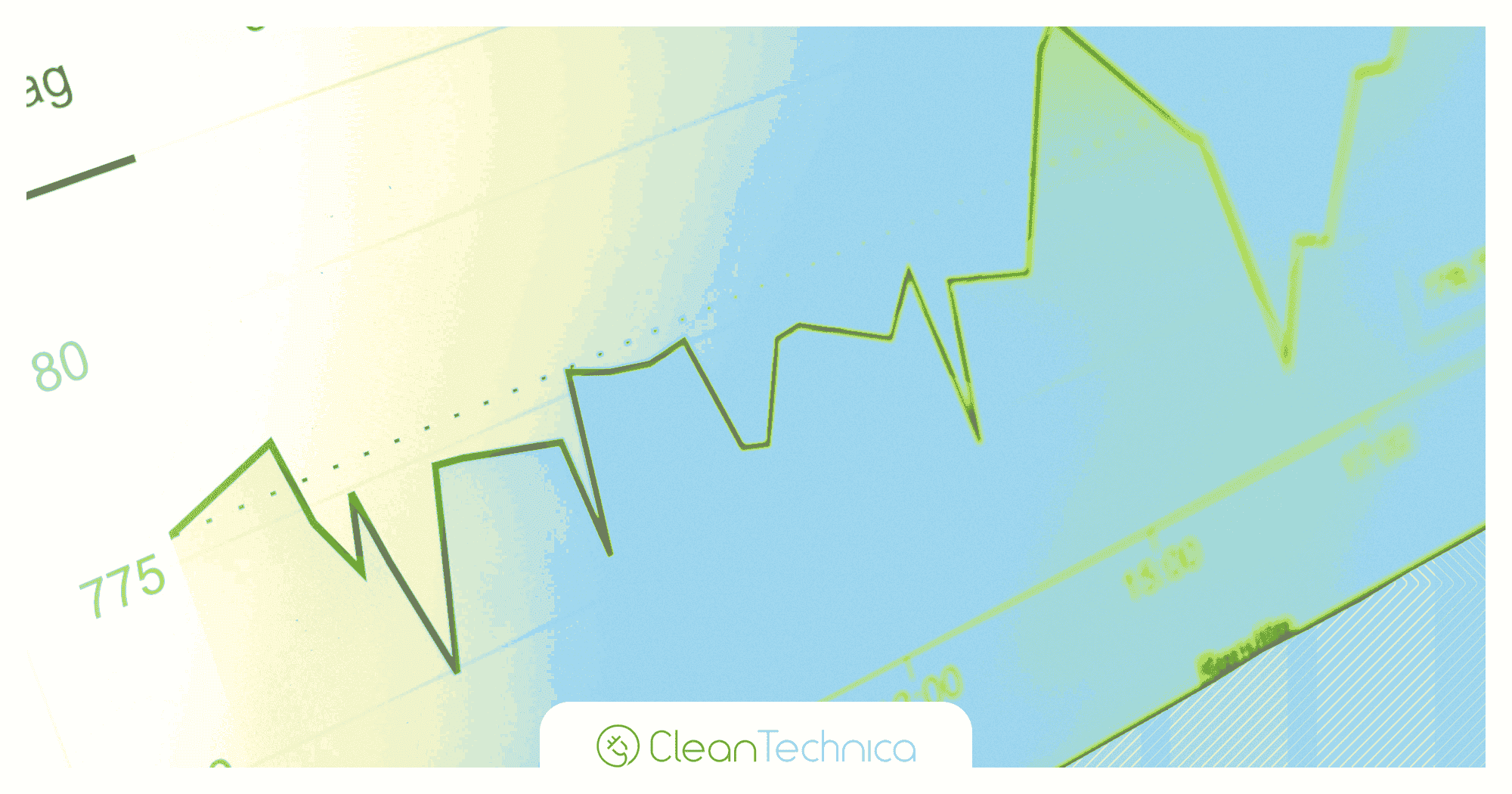The Rise of the Green Bond
 Sign up for daily news updates from CleanTechnica on email. Or follow us on Google News!
Sign up for daily news updates from CleanTechnica on email. Or follow us on Google News!
Last Updated on: 27th February 2024, 11:27 am
As countries search for creative options to develop renewable energy projects and clean tech, it is becoming more important than ever to develop a reliable tool for green financing. The need is obvious: an estimated $8 trillion in capital will be needed to reach the US obligations under the Paris Agreement, while an estimated $93 trillion will be necessary to meet global climate goals.
One of the major options for the financing of renewable projects has become green bonds. Green bonds have become a viable financing option for governments, businesses, and international institutions to finance a variety of environmentally positive initiatives. These bonds are attractive to investors for several reasons. Investments in environmentally beneficial projects reduces the risk of climate impacts on a portfolio, along with steady financial returns, the fact that green bonds do not require the passing of new legislation, and possible tax exemptions.
The green bond market reached a record level of issuance in 2023 and contributed significantly to the almost $1 trillion in impact bonds issued during the year. Green bonds issued by corporations and governments reached $575 billion, beating its 2022 total. Alongside corporations and governments in the development of green bonds is the work of international finance institutions such as the World Bank. Since 2008, the World Bank has issued over 200 bonds in 28 currencies totaling $18 billion. The options for what a green bond can be used for vary widely and include funding energy efficiency projects, pollution control, sustainable water management, and renewable energy projects.
One of the primary threats to the integrity of green bonds is the threat of greenwashing. Greenwashing, which in this case would be the claiming that a particular bond is being used for green purposes when in fact it is not serving environmental benefits, can be combated through several methods. The International Capital Market Association (ICMA) offers guidelines for project selection and evaluation. Another option is the taxonomy provided by the Climate Bond Initiative (CBI) which mandates third-party verification. Taxonomies have been a tool to confirm that financial instruments which claim to support green initiatives are actually serving green policies. Taxonomies are a way to define what constitutes contribution to reaching an environmental objective. The growth of green bonds is a strong step in the right direction, but the oversight provided by taxonomies is critical to make sure that financial instruments which claim to be “green” are following through on that promise.
Outlined a decade ago in an attempt to centralize green bond practices, the Green Bond Principles (GBP) are a set of best-practice guidelines for the issuing of green bonds. While voluntary, they support both bond issuers through education on key facets of green bonds as well as investors who want to confirm the quality of their clean investment and bond underwriters as they encourage disclosure standards.
Despite the threat of greenwashing and the confusing oversight system, the green bond market has several reasons to be excited. In the past year India issued its first green bond, opening a rapidly growing financial market to green investors. The World Energy Investment report by the International Energy Agency found that green bond issuance in Europe, China, and the US are poised to continue to grow. In China this is due to the release of the Green Bond Principles, while in the US the Inflation Reduction Act is expected to have a positive effect on issuances. However, green bonds have not been limited to the EU, China, and the US. Nigeria launched its Green Bond Development Program in 2017, Colombia has issued several sovereign green bonds, and Singapore launched the longest green bond with a 50-year tenor. The transition to a green economy will require significant capital investments, and green bonds will no doubt continue to play a critical role.
Chip in a few dollars a month to help support independent cleantech coverage that helps to accelerate the cleantech revolution!
Have a tip for CleanTechnica? Want to advertise? Want to suggest a guest for our CleanTech Talk podcast? Contact us here.
Sign up for our daily newsletter for 15 new cleantech stories a day. Or sign up for our weekly one if daily is too frequent.
CleanTechnica uses affiliate links. See our policy here.
CleanTechnica's Comment Policy

